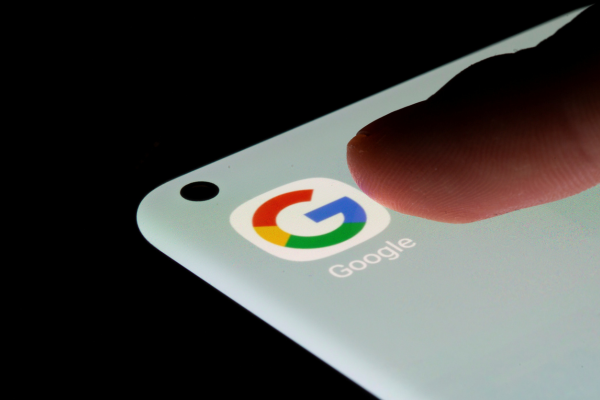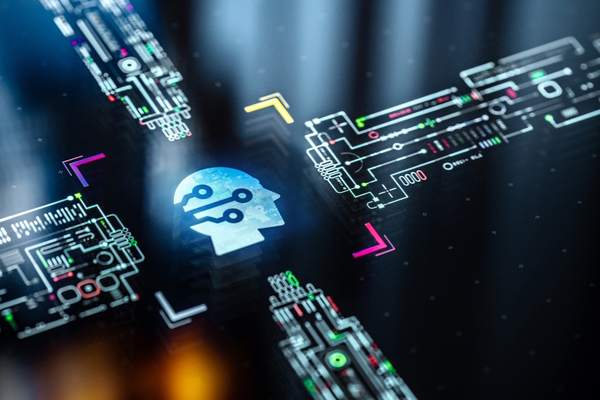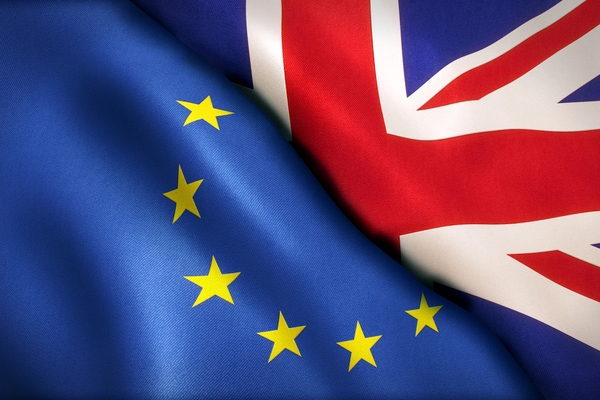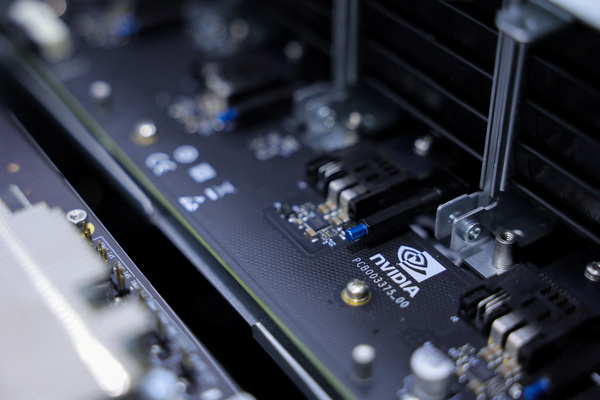Safeguarding your business against deepfake fraud
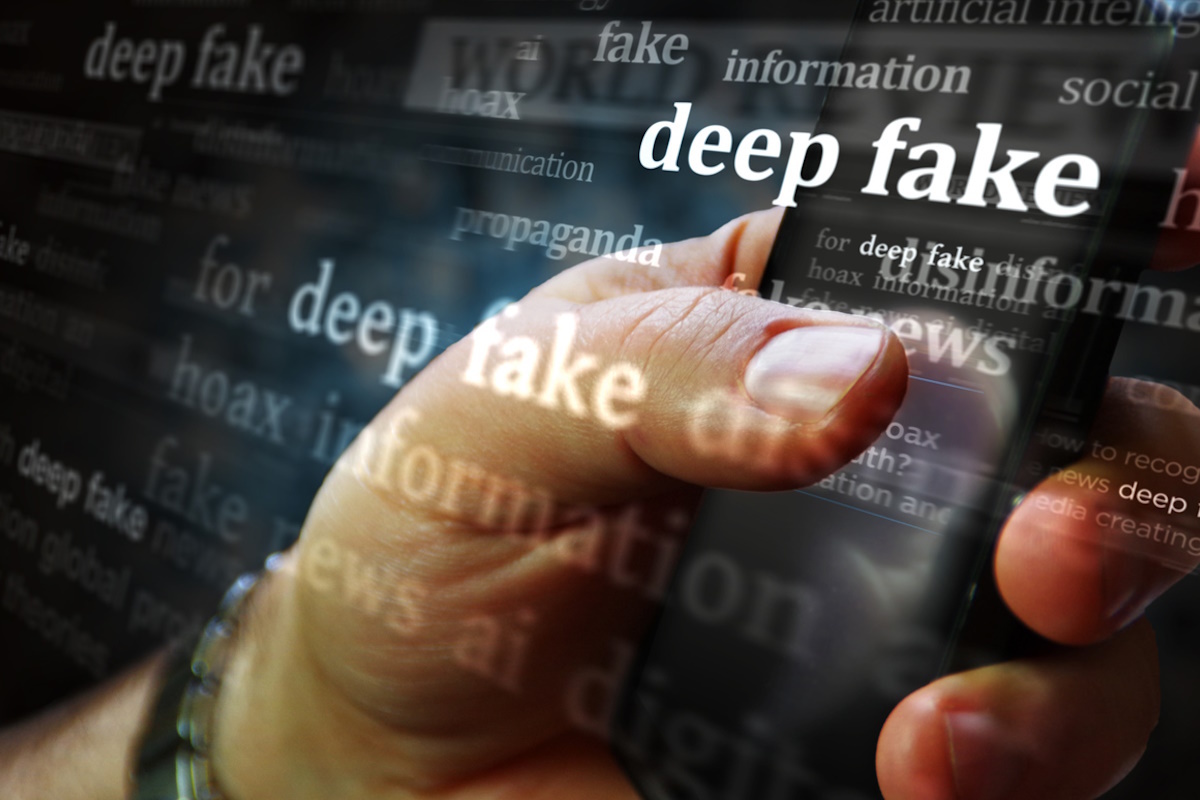
London IT Support experts Amazing Support dive into the world of deepfakes, exploring how they can affect your business and how to detect and defend against the threat they pose
Artificial Intelligence (AI) has developed at an impressive pace throughout the past year, impacting both personal and professional spheres for anyone with access to an internet-connected device. While AI tech is undeniably exciting, it’s also revealed a complex web of new challenges for businesses to contend with.
Among these is the rise of deepfake technology, which poses a significant risk to companies and the general public alike, not only from a security standpoint but also a financial one.
Understanding the tech
You’ve likely at least heard of deepfakes, but for the uninitiated, they’re hyper-realistic video or audio recordings created using computer technology. Using a kind of AI known as "deep learning," these videos are generated by analysing real videos or audio recordings of an individual.
Through this process, the AI learns the subject’s speech patterns, movements, and appearance. Once the AI has this knowledge, it can then be used to produce content depicting the person saying or doing things they’ve never actually done – essentially, a sophisticated form of impersonation.
The word “impersonation” should set off alarm bells - especially among those conscious of cyber-security. Deepfakes have already been exploited for fraudulent activities, and the use of falsified voice and video in scams is likely to increase over the next few years, making it vital for businesses to understand how to detect and prevent damage from deepfakes.
The extent of the problem
The banking sector has been swift to recognise "synthetic fraud" as a legitimate threat, with numerous organisations falling victim to such scams. Yet, the menace of deepfake technology transcends financial sectors, impacting various industries.
Recent headlines have seen high-profile figures like Elon Musk, BBC presenters, and YouTube sensation Mr. Beast having their identities hijacked in scam videos. Reports of deepfakes being used against companies as a means to commit fraud have been on the rise during 2023, so it’s important to know how to detect falsified media.
Seven tips for detecting deepfakes
Detecting deepfakes is becoming increasingly challenging as the technology evolves. While there are currently visible cues discernible to the naked eye - such as irregular facial features and peculiar blinking patterns - these indicators are becoming less conspicuous. As the quality of these videos improves, so does the complexity of detecting them.
At present, there are a number of steps a business can take to minimise risk:
1. Detection tools
Investing in specialised detection tools and software is worth the time, effort, and money if your business deals with voice and video on a daily basis. Several companies and researchers have developed detection algorithms that can analyse videos and audio for signs of manipulation. These tools - such as the likes of Sentinel, WeVerify, and Microsoft Video Authenticator - can help to identify potential deepfakes before they cause harm.
2. Verify the source
Whenever you receive video or audio from external sources, especially if they involve sensitive, personal or important information, take time to verify the authenticity of the content. Where possible, contact the sender directly to confirm the source and context of the media. This method of verification should be familiar, as it’s long been a means of sniffing out phishing and smishing communications.
3. Analyse and compare
While deepfakes are becoming more sophisticated, they’re far from perfect. The majority of videos still exhibit subtle anomalies visible to the naked eye. Pay close attention to facial expressions, unusual eye movements, flickering visuals or inconsistencies in voice quality and tone. These discrepancies can sometimes be indicative of a deepfake.
You can also compare video and audio with known, authentic content from the individual in question. Look for differences in mannerisms, speech patterns, body language, and appearance that deviate from typical behaviours.
4. Educate and establish clear protocols
Conduct regular training sessions for your employees to raise awareness about deepfakes. Teach them how to recognise potential deepfakes and emphasise the importance of reporting suspicious content.
Beyond this, develop internal communication protocols for reporting and handling suspected deepfakes. Encourage employees to report any suspicious media they encounter, creating a proactive defence against threats.
5. Stay informed
Keep abreast of the latest developments in deepfake technology and detection methods. Engage in forums, follow relevant news, and take part in discussions to stay informed about new threats and best practices for protection.
6. Implement Multi-Factor Authentication (MFA)
Incorporate multi-factor authentication for critical actions within your organisation, such as fund transfers or access to sensitive information. Multi-Factor Authentication adds an extra layer of security, making it more challenging for fraudsters to succeed even if they manage to bypass initial security measures.
7. Collaborate with experts
Partner with external cyber-security experts and firms with expertise in deepfake detection and mitigation. Their insights and capabilities can bolster your organisation’s defence against deepfake threats.
Responding to deepfakes
In addition to detection methods, businesses should establish clear response protocols to address potential threats from deepfakes.
Here’s an example response protocol that businesses could consider:
Confirm the suspected deepfake: Before taking action, ensure that the media in question is indeed a deepfake. Consult experts or use reliable detection tools to verify authenticity.
Isolate the content: If the deepfake is confirmed, isolate the fraudulent content to prevent further circulation or use.
Report to authorities: If the deepfake involves illegal activities or impersonation, report the incident to relevant authorities, such as law enforcement agencies or regulatory bodies. Provide them with all available evidence.
Legal consultation: Seek legal advice on your rights and responsibilities in dealing with the deepfake incident. Legal experts can help you navigate potential legal challenges and liabilities.
Internal investigation: Conduct an internal investigation to determine the extent of the impact on your business. Identify any compromised data or security breaches, and respond accordingly to anything you might find.
Notify affected parties: If the deepfake incident involves sensitive information or potential harm to individuals, notify affected parties promptly. Provide them with guidance on how to protect themselves and their information.
Communication strategy: Develop a communication strategy for addressing the incident publicly, if necessary. Maintain transparency while safeguarding sensitive information.
Strengthen security measures: Review and enhance your cyber-security measures to prevent future deepfake incidents. This may include implementing stronger authentication methods, employee training, and software updates.
Vigilance and proactivity
The threat posed by AI-generated deepfakes looms large over businesses, and stands to present increasing problems as the technology develops over the coming years.
By gaining a comprehensive understanding of the technology and adopting strong measures to detect and respond to the threat, companies can bolster their defenses and minimise the risk.
Vigilance and proactivity are paramount in navigating the challenges posed by deepfakes in the modern business landscape.
London IT Support experts Amazing Support
Main image courtesy of iStockPhoto.com

Business Reporter Team
Most Viewed
Winston House, 3rd Floor, Units 306-309, 2-4 Dollis Park, London, N3 1HF
23-29 Hendon Lane, London, N3 1RT
020 8349 4363
© 2024, Lyonsdown Limited. Business Reporter® is a registered trademark of Lyonsdown Ltd. VAT registration number: 830519543
